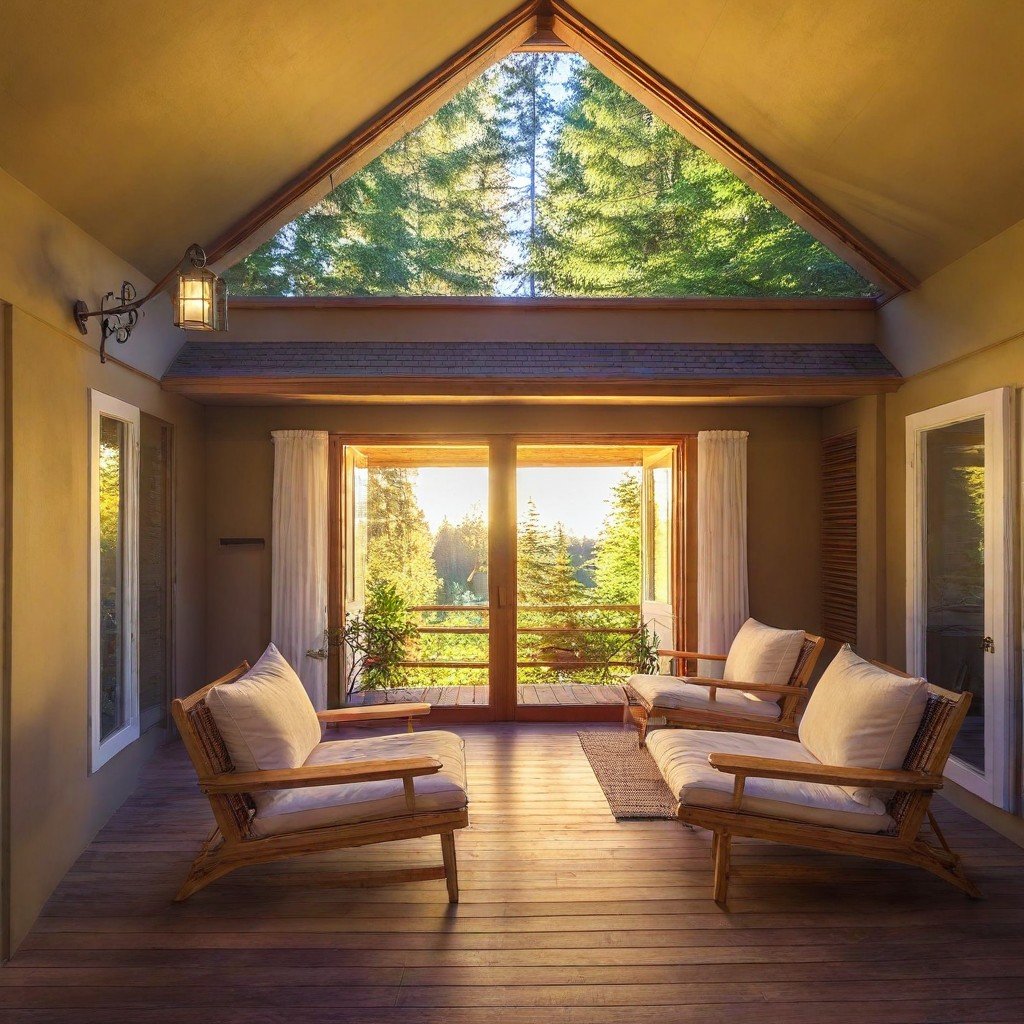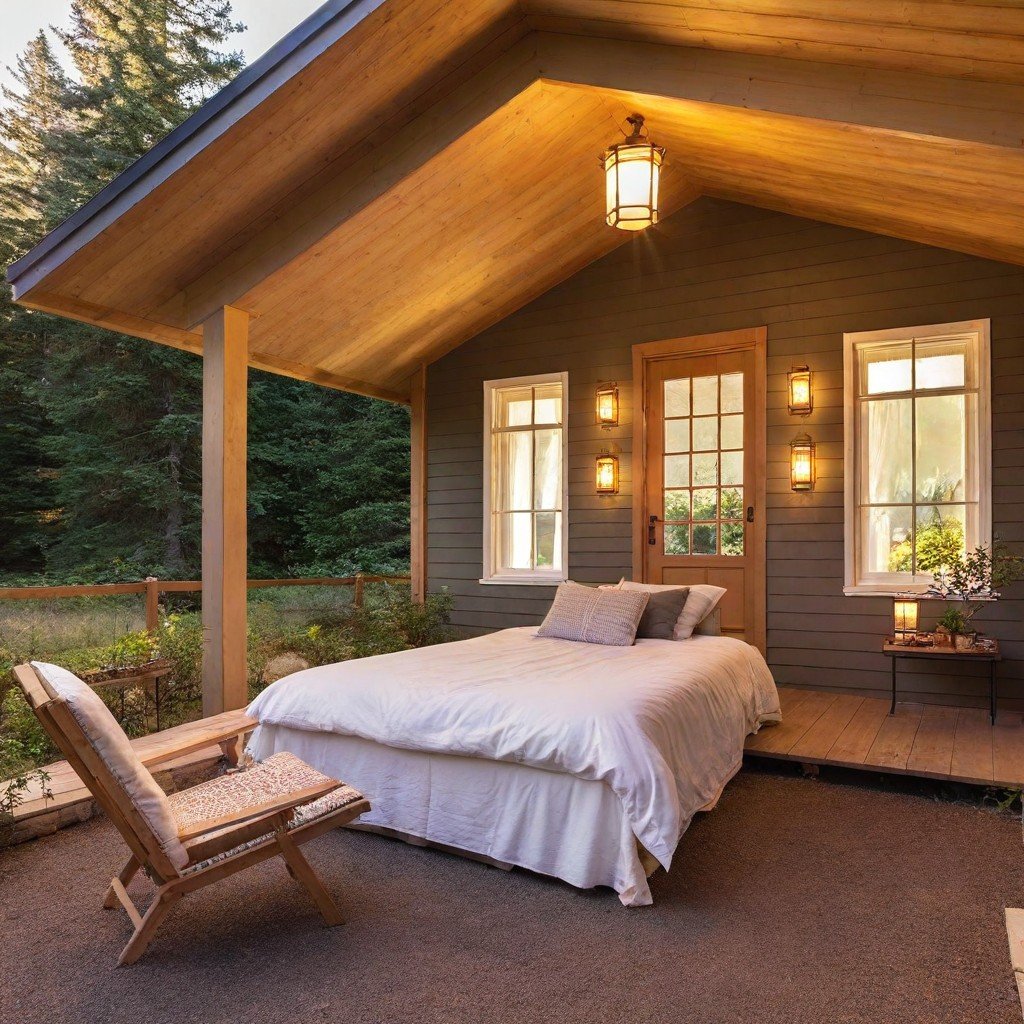Ready to launch a cabin rental business that brings great returns with minimal space? The cabin rental market shows amazing promise with a projected 10% yearly growth, reaching $20 billion by 2025. Your strategically placed cabin in a scenic spot could achieve 70-90% occupancy and bring in $30,000-$100,000 yearly.
Short-term rental investments have become more attractive than ever. The vacation rental market stands at $134.51 billion in 2024, and experts believe it will reach $256.31 billion by 2030, growing at a 11.4% CAGR. On top of that, unique properties like cabins are growing faster at a 14.95% CAGR. Traditional real estate options with mortgage rates at 6.57% for 30-year fixed-rate mortgages make small cabin rentals an attractive option that brings steady and substantial profits.
This piece will walk you through everything you need to know about starting your own cabin rental business with just 200 square feet of space. We’ll cover location selection and design tips that guests will love, and show you how to turn a tiny cabin into a steady stream of income.
Why Tiny Cabins Are a Smart Rental Investment
The tiny cabin rental market has turned into a goldmine for smart investors who want maximum returns with minimal investment. Let me explain why these small dwellings make such a smart financial decision.
The rise of short-term rental investment
Short-term rentals have taken off over the last several years. Airbnb now has 4 million hosts worldwide, and unique property hosts earned over $1 billion in 2021. Host’s annual earnings have shot up by 443.8% since 2021. The growth shows no signs of slowing—the tiny cabin rentals market jumped by 85% between 2019 and 2020.
The global trend toward customized travel experiences has made these rentals even more appealing. Europe became the world’s largest short-term rental market by 2024, showing how investors worldwide welcome this strategy.
Why 200 sq ft cabins are gaining popularity
Tiny houses—ranging from 100 to 400 square feet—have caught both travelers’ eyes and investors’ attention. Research shows 53% of Americans would think about living in a home smaller than 600 square feet. A whopping 86% would think about buying a tiny house as their first home.
These small dwellings reduce ecological footprints by about 45%, which attracts eco-conscious travelers. The “experience economy” has stimulated demand as modern tourists want unique stays rather than traditional accommodations. Airbnb now offers dedicated categories for these distinctive properties.
How small cabins outperform traditional rentals
Small cabins pack a bigger financial punch than conventional rental properties:
- Lower original investment: Tiny houses cost as little as $34,000
- Reduced operating costs: Energy bills run as low as $10/month
- Higher profit margins: Premium nightly rates with lower overhead
- Less maintenance: Smaller spaces cut cleaning time and costs
- Greater flexibility: You can place them on smaller land parcels or move them
People who want to start a cabin rental business will find these properties easier to scale. Their affordable price makes buying multiple units possible. You can create a diverse portfolio while keeping risks low. Starting a small cabin rental business stands out as one of the smartest ways to enter short-term rental investment today.
Planning Your Small Cabin Rental Business

Starting a small cabin rental business needs careful thought about several factors before you invest your money. Let’s look at everything that will help you succeed.
Choosing the right location for high occupancy
Your cabin’s profitability depends heavily on its location. The best spots are near mountains, woods, lakes, or tourist-friendly residential areas. Properties just two hours away from major cities tend to do exceptionally well. Research existing vacation rentals in your target area through Airbnb or tools like AirDNA to check demand levels. The property’s distance from popular attractions, business centers, medical facilities, and transport options matters a lot.
Understanding zoning laws and permits
You should know all local rules about short-term rentals from the start. Most areas just need specific permits, especially in residential zones. So, check zoning requirements before investing to avoid decisions that get pricey later. To name just one example, Oklahoma City has strict zoning rules for short-term rentals, while San Antonio only allows rentals up to 10% of properties on each block. Most applications ask for property ownership proof, floor plans, and safety certifications.
Prefab vs custom builds: what to consider
Prefabricated cabins are a great way to get faster installation, quality control, and clear upfront costs. Traditional custom cabins give you more design freedom but take more time, work, and money to build. Manufacturers make prefab cabins off-site in controlled settings and then put them together on your property. Custom cabins built on-site might face quality issues because of changing construction conditions.
Setting up your business legally
Running a legal operation means you’ll need a general business license and possibly a short-term rental permit from local authorities. Sign up for tax collection since short-term rentals usually involve lodging taxes, sales taxes, and income taxes. An LLC can protect your personal assets from rental business risks while offering tax benefits and legal protection. You must have proper insurance that covers short-term rentals specifically because standard homeowners policies usually don’t cover business activities.
Designing and Building a 200 Sq Ft Cabin
A well-designed tiny cabin needs to balance functionality with visual appeal. The key lies in smart space planning rather than trying to squeeze in too many features.
Smart layout ideas for small spaces
Your 200 sq ft cabin can work better with raised beds that have storage underneath and tables that fold down from the walls. The right window placement brings in natural light to create an illusion of larger spaces. Pocket doors that slide into walls save more floor space than regular swinging doors. A loft area could serve as your sleeping quarters or extra living space, which helps double the usable area.
Must-have amenities for guest comfort
Small spaces still need certain basics to keep guests happy. A well-equipped kitchen, cozy bedding, stable WiFi, and entertainment options lead the list of necessities. High-quality linens and soft towels add luxury without taking up much space. Guest amenities play a direct role in your reviews, booking rates, and potential earnings.
Eco-friendly and budget-friendly materials
Thermowood stands out as a sustainable choice with a minimal carbon footprint. These materials last about 30 years without needing chemical treatments. You might also want to add greywater systems or energy-saving appliances that help cut down running costs.
Budgeting for construction and setup
A typical 200 sq ft cabin costs between $25,000-$35,000 in total. Building costs run about $125-$175 per square foot. You can reduce expenses by picking a basic design and using prefabricated options where possible.
Launching and Growing Your Cabin Rental

Your tiny cabin is ready. Now comes the next big step in your rental business trip. You need to become skilled at marketing and managing your property. This will help you attract bookings and earn a steady income.
Creating a standout Airbnb listing
Your listing works as your digital storefront. A compelling description should highlight your cabin’s unique features – a cozy fire pit, private deck, or scenic view. High-quality images of every room and outdoor space will substantially affect booking decisions. Professional photography isn’t optional here. Dynamic pricing tools can help you adjust rates during peak seasons or holidays. This keeps your cabin competitive in the market.
Using social media to attract bookings
Social media platforms give you powerful ways to showcase your tiny cabin. Instagram and Facebook work best because of their visual appeal. Here’s how to optimize your social media presence:
- Set up a business account with relevant keywords in your profile
- Post high-quality photos and videos regularly
- Create branded hashtags that build recognition
- Share guest-generated content, which gets almost seven times more engagement
Interactive surveys help you get valuable feedback while connecting with potential guests. You can also team up with travel influencers by offering them a free stay.
Delivering a 5-star guest experience
Happy guests write glowing reviews that bring more bookings. Your cabin needs quality dishes, towels, and fast WiFi. Keep it spotless – hire a reliable cleaning service if needed.
Local welcome treats, handwritten notes, or guides to nearby attractions make stays memorable. Guests choose tiny cabins because they want something different from their daily routine.
Tracking performance and scaling up
Success needs regular performance reviews. Keep an eye on occupancy rates, nightly income, and guest review scores. These numbers show trends like peak booking seasons or popular amenities. You can then tweak your strategy.
Growth might mean adding more tiny cabins to your portfolio. Having several houses in one spot can cut maintenance costs while boosting revenue. You could also vary locations to reach more guests and reduce seasonal risks.
Conclusion
A 200-square-foot cabin rental business gives you a great chance to break into the vacation rental market. Tiny cabins deliver exceptional returns with minimal investment compared to traditional real estate options. The market is perfect for small cabin rentals because travelers want unique, experience-based places to stay.
Your cabin’s success depends on picking the right location. Being close to natural attractions or urban centers, plus understanding local zoning laws, are the foundations of your business. Your choice between prefab and custom builds affects your original investment and how quickly you’ll turn a profit.
Smart design can turn these compact spaces into popular destinations. Each square foot needs multiple purposes with clever storage, multi-functional furniture, and well-planned layouts. Guest appeal improves with quality amenities and eco-friendly materials while keeping operating costs low.
Professional photos, dynamic pricing, and social media participation help drive bookings and build your brand. Your long-term success ended up depending on guest experiences that lead to positive reviews and repeat business.
The tiny cabin rental market continues to grow. Travelers want authentic, nature-connected experiences more than ever. Your 200 sq ft cabin can generate substantial income when you take the right approach. This business model offers flexibility, expandable solutions, and impressive profit potential for years ahead – whether you start with one cabin or build a portfolio.

